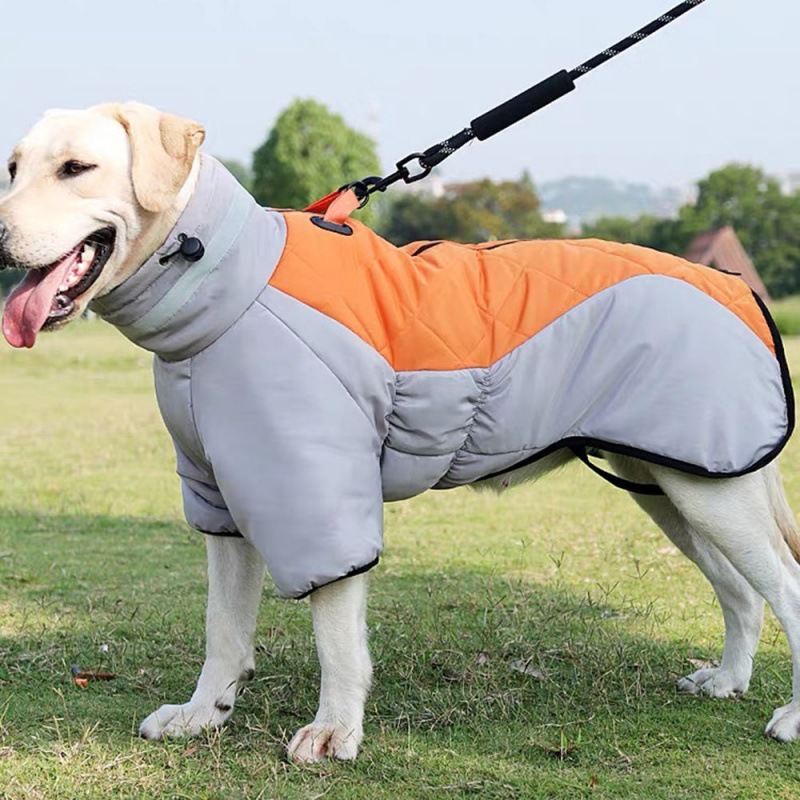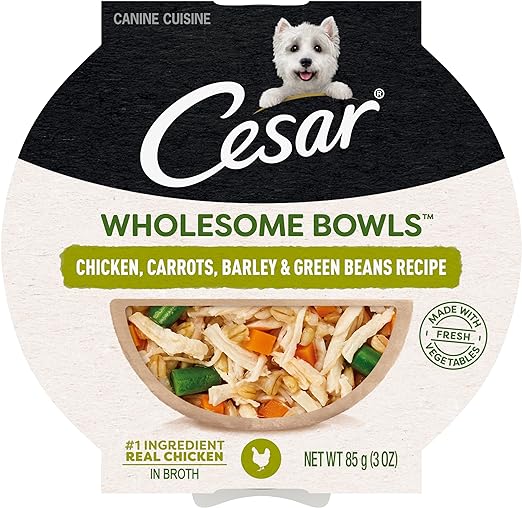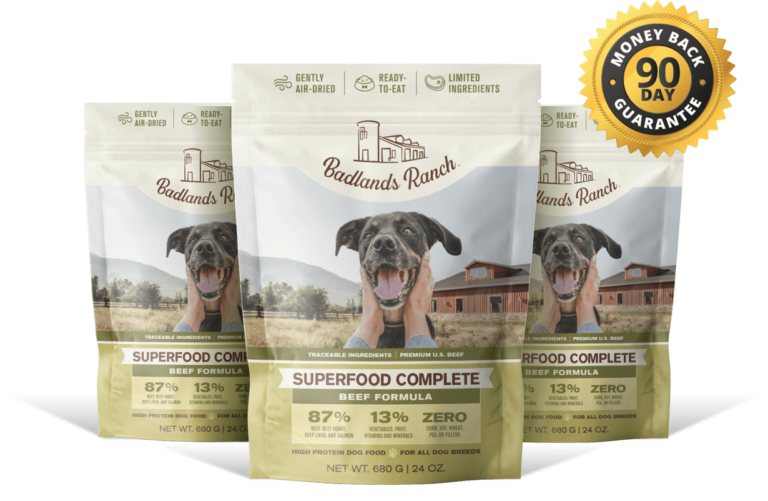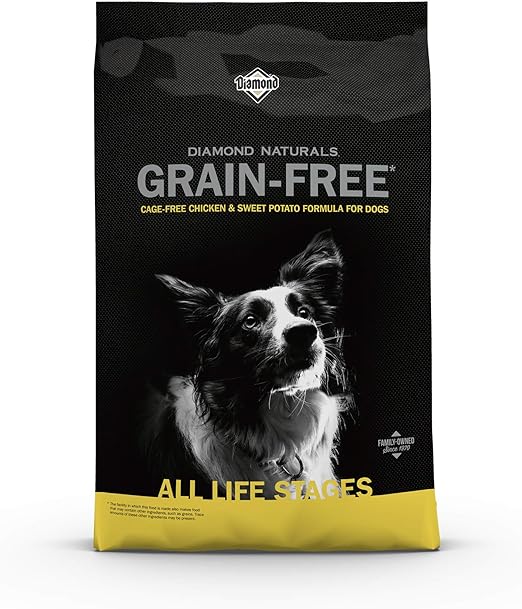You know how it is when your dog comes in from the rain looking like a drenched mop? Their fur is sopping wet, they’re trailing water everywhere, and they smell a bit like a wet dog. Not fun for either of you! A good raincoat for your furry friend can help with all that. It keeps them dry on rainy walks and protects your floors and furniture when they come inside. But with so many options out there, how do you even begin to choose one? Don’t worry, we’ve got your back. We’ll walk you through what to look for so you can find the perfect raincoat for your pup. Getting the right fit and features means no more soaked doggos or messy paw prints across your floors. Just nice, dry dogs and happier walks for both of you – rain or shine! dog raincoat.
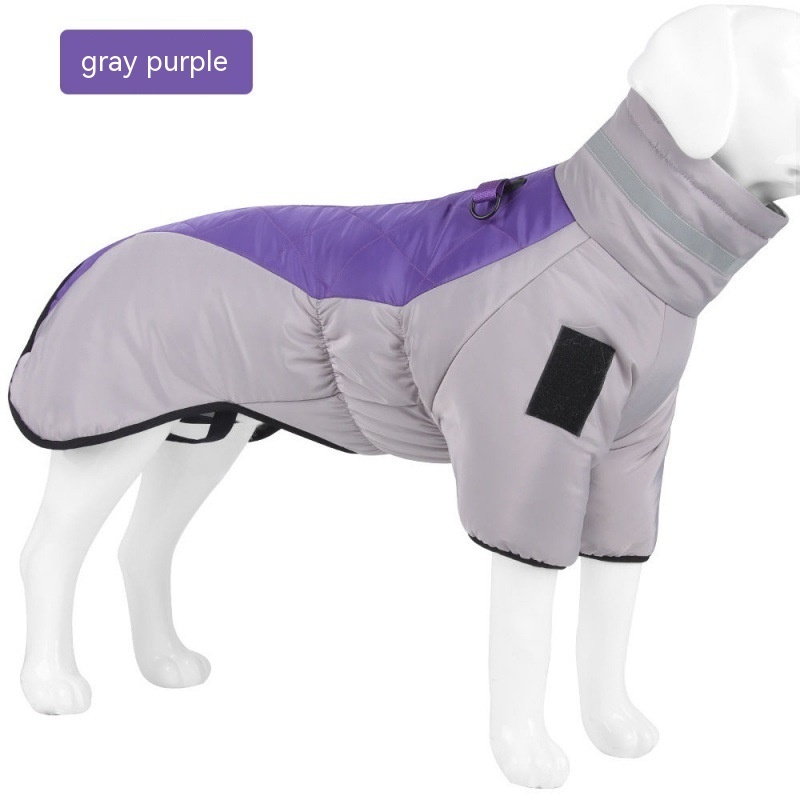
Consider Your Dog’s Size When Selecting a Raincoat
When choosing a raincoat for your dog, size is one of the most important factors to consider. A coat that is too big will be loose, baggy and won’t properly protect your dog from the rain. On the other hand, a coat that is too small will be uncomfortable for your dog and restrict their movement.
To determine the right size raincoat for your dog, you’ll need to take some measurements. Measure your dog from the base of their neck to the base of their tail. Also measure the circumference of their neck and chest. Compare these measurements to the sizing chart provided for the specific raincoat you’re interested in. It’s best to choose a coat that is designed for your dog’s breed or a coat that comes in a range of sizes for different breeds.
For small dogs like Chihuahuas, Yorkshire Terriers or Dachshunds, you’ll want to look for a coat specifically designed for toy or small breeds. An extra small or small size will typically fit best. For medium sized dogs such as Beagles, Bulldogs or Collies, a medium size is usually perfect. And for large breeds like Labradors, German Shepherds or Golden Retrievers, opt for a large or extra large size.
Some raincoats also come in different cuts, such as ones specifically for short-haired or long-haired dogs. The length and thickness of your dog’s coat is another factor to keep in mind when determining size. A coat designed for short-haired dogs may not provide enough coverage for a long-haired breed. Look for a coat that will extend down to your dog’s hind legs for the most protection and coverage.
By measuring your dog carefully and comparing to the sizing guides provided for specific raincoats, you can choose one that is tailored to your dog’s unique size and build. The perfect fitting raincoat will keep your faithful companion warm, dry and comfortable on those rainy walks and hikes. With the right size raincoat, you’ll both be able to enjoy your outdoor adventures, no matter the weather.
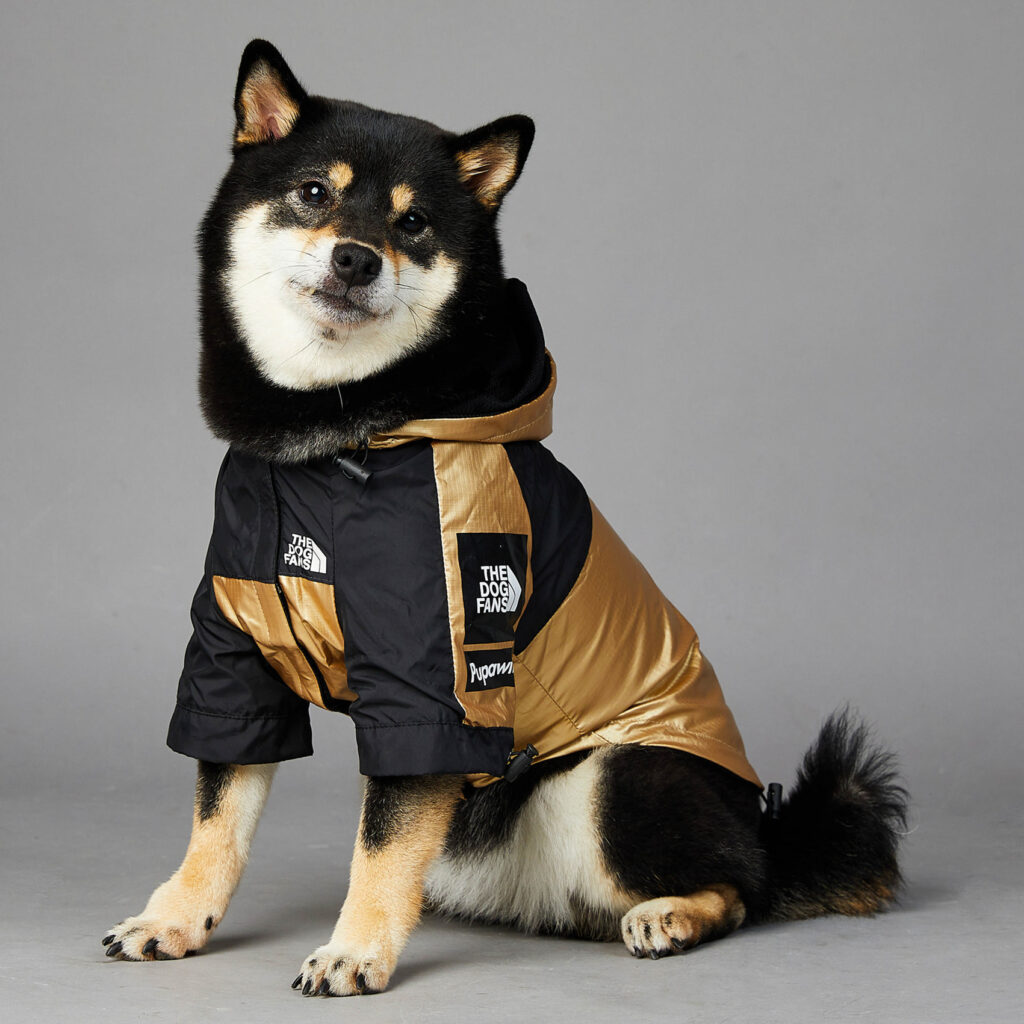
Choose the Right Raincoat Material for Your Dog’s Coat
When it comes to dog raincoat, the material is one of the most important factors to consider. The material determines how waterproof the coat is, how breathable it is, how well it protects from wind, and how comfortable it is for your dog to wear.
For most dogs, a nylon coat with a waterproof polyurethane coating works great. Nylon is lightweight, durable and breathable. The polyurethane coating helps repel water to keep your dog dry underneath. These types of coats are affordable, versatile and suitable for many dogs.
For dogs with thick double coats, like Siberian Huskies or Chow Chows, a raincoat made of waterproof canvas or waxed cotton is a good choice. These materials are naturally water resistant but also breathable, which prevents overheating. They protect the thick coat underneath without causing discomfort.
For short-haired dogs who feel the cold more, a raincoat with an insulated lining or made of a waterproof but insulating material like neoprene can help keep them warm in cold, rainy weather. Neoprene is a synthetic rubber material that is flexible, waterproof and helps retain body heat.
For the ultimate water protection, you can consider a raincoat made of PVC or vinyl. Although not very breathable, these materials are 100% waterproof and windproof. They are best suited for short periods of time in very wet, rainy conditions. Look for a coat that has mesh panels or vents to provide some breathability.
By choosing a raincoat made of a material suited to your dog’s coat and the climate, your faithful companion can stay warm, dry and comfortable on rainy walks and outdoor adventures. The perfect raincoat material for your dog will ensure many enjoyable days together, rain or shine!

Make Sure the Dog Raincoat Has Adjustable and Reflective Features
When selecting a raincoat for your dog, adjustable and reflective features are must-haves. Adjustable straps, Velcro closures or snap buttons allow you to customize the fit to your dog’s unique size and shape. Reflective strips or piping help increase your dog’s visibility to drivers and cyclists in low light conditions.
- Look for a coat with adjustable straps around the neck, chest and waist. Straps that can be tightened or loosened ensure the perfect, comfortable fit for your dog. Elastic straps also provide some “give” as your dog moves.
- Velcro closures or snap buttons down the back and along the belly allow you to put the coat on and take it off easily. They also allow you to adjust the fit in different areas. For anxious dogs, closures that secure quickly are best.
- Reflective strips, especially along the back, sides and any trim, help make your dog more visible to vehicles during early morning or evening walks. This added safety feature is particularly important for small dogs.
Additional Considerations
In addition to adjustability and reflectivity, consider the following when selecting a dog raincoat:
- Water resistance – Look for a coat made of waterproof nylon, polyester or vinyl that will repel rain and keep your dog dry.
- Breathability – For the comfort of your dog, choose a coat that is breathable and allows for some air flow. This is especially important for active or long-haired dogs.
- Leg coverage – If rain protection for the legs and belly is important, look for a coat that extends down to the thighs or has an integrated belly band.
- Easy to clean – Choose a coat that can be machine washed and dried for convenience. Some can even be wiped clean between washes.
- Styling – While function is most important, you may also want to consider a coat that suits your dog’s style or personality. Classic yellow slickers or patterned coats are options.
By keeping these tips in mind, you’ll find a dog raincoat with all the features to keep your faithful friend dry, comfortable and safe in any weather. Your dog will be ready for adventure rain or shine!

Pick a Style Your Dog Will Enjoy Wearing
When choosing a dog raincoat, consider your dog’s body type and needs. You want a coat your dog will find comfortable and not mind wearing. Some options to consider:
- Poncho style raincoats are lightweight and easy to get on and off. However, they typically only cover the back, sides and a bit of the neck, leaving the belly exposed. Great for quick potty breaks but may not keep a dog fully dry during long walks.
- Coat style raincoats provide more coverage, including the belly, back, sides and often the tail. They usually have Velcro or snap closures down the back and around the belly to provide a snug, tailored fit. These are a good choice if you need to keep your dog dry for extended periods outside in heavy rain.
- Jacket style raincoats are the most fitted option. They zip or Velcro up the back and provide coverage all over the body, including the belly, sides, back and often the tail. They tend to be the most waterproof but can also be the hardest to get on and off some dogs. Best for active dogs that don’t mind wearing clothing.
For the maximum comfort, look for a raincoat made of a lightweight, breathable fabric like nylon or polyester, instead of vinyl or rubber. Mesh lining can also help increase breathability. Make sure any closures, like Velcro straps or snaps, are secure but still adjustable. You want it snug enough to keep out rain but still provide enough room for your dog to move freely.
Also consider extras like a hood or hat to keep your dog’s head dry, reflective strips for visibility, or harness holes so you can attach a leash. The raincoat should allow for natural movement and not restrict your dog’s range of motion or mobility in any way.
With so many styles to choose from, you can find a raincoat that suits your dog’s needs and temperament. Focus on comfort, adjustability and coverage to keep your faithful friend warm, dry and happy no matter the weather. The perfect raincoat can make those rainy day walks with your dog positively enjoyable for you both.
Frequently Asked Questions About Dog Raincoats
Choosing the right raincoat for your dog requires considering a few key factors. Here are some common questions to help determine what’s most important for your pup’s needs.
What size do I need?
You’ll want to measure your dog’s length, neck, and chest to determine the proper size raincoat. Most brands offer sizing charts to match your dog’s measurements to the right coat size. It’s best to take measurements when your dog is standing, as they will be when wearing the coat. Allow for a little room for growth if your dog is still a puppy. An ill-fitting coat won’t properly protect your dog from the rain and will be uncomfortable for them to wear.
What material is best?
For the most water resistance, choose a coat made of waterproof materials like polyurethane-coated nylon or polypropylene. These fabrics are durable and help repel water while still being breathable. Fully waterproof materials can cause your dog to overheat. Avoid raincoats made primarily of cotton, as they will soak through quickly, leaving your dog wet and cold.
Do I need extras like a hood or reflective strips?
A hood is a good option if your dog will be outside for long periods in heavy rain. It helps keep their head, ears and neck dry and warm. Reflective strips or piping make your dog more visible to others, especially important if you walk or hike with your dog in low light conditions.
How do I get my dog used to wearing a raincoat?
Start by letting your dog see, touch and sniff the raincoat while giving them treats and praise. Gently put the raincoat on your dog for short periods while giving them rewards and playing. This helps them associate the raincoat with positive experiences. You may need to do this a few times before taking your dog outside in the raincoat. Be patient through the process and make wearing the raincoat rewarding for your dog. With regular use and positive reinforcement, they should get accustomed to it.
The most important thing is finding a high-quality, well-fitting raincoat that will keep your faithful companion dry and cozy no matter the weather. Following these tips will help ensure you choose the perfect raincoat for your dog’s needs.

